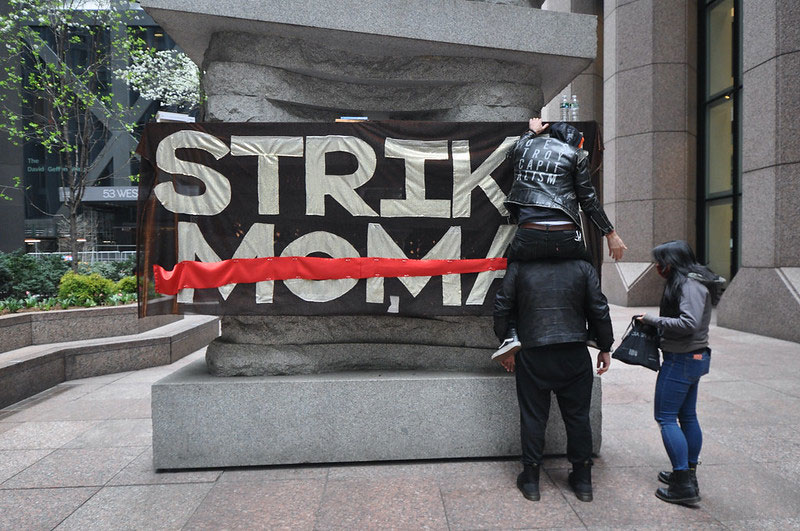June 1, 2010; Source: New York Times | A foundation is banking on the hope that if landlords and lenders had more information about how retrofitting buildings to make them more environmentally friendly can also positively impact the bottom line, they’d take the relatively simple steps to cut down on energy use.
To help answer the questions about the financial benefits of installing more efficient boilers and better-quality windows, for example, Deutsche Bank Americas Foundation is providing funding to create a public database that will contain information about how much money has been saved from retrofitting buildings in New York City. “Retrofitting buildings is considered the low-hanging fruit in carbon reduction, but despite its simplicity, it is still not mainstream,” said Gary Hattem, president of the Deutsche Bank Americas Foundation, the philanthropic arm of the German bank. “The largest obstacle to making these practices go mainstream is data that will convince building owners to retrofit their properties and at the same time increase underwriters’ willingness to finance the projects.”
Sign up for our free newsletters
Subscribe to NPQ's newsletters to have our top stories delivered directly to your inbox.
By signing up, you agree to our privacy policy and terms of use, and to receive messages from NPQ and our partners.
Hattern gets no argument from developers about the reluctance, especially among lenders, to support retrofitting. “If you approach a lender now with a plan to spend more to implement a green technology with the idea you will save on operating costs, they are skeptical and want to know what kind of proof you have,” said Kenneth S. Horn, the founder of the residential developer Alchemy Properties. “If you could be armed with an assortment of data, it would inevitably help you get financing and even increase your financing because your bottom line would go up.”
Green building advocates, in particular, see the forthcoming database as a real gift. “There is an almost universal lack of understanding of building energy usage,” said Luke Falk, a project manager at the New York State Energy Research and Development Authority.” Even though there have been government subsidies dating back to the 1980s to support retrofitting, no one has been formally tracking those results, nor results from Energy Star programs that utilities run to help consumers cut down energy use.— Bruce Trachtenberg












